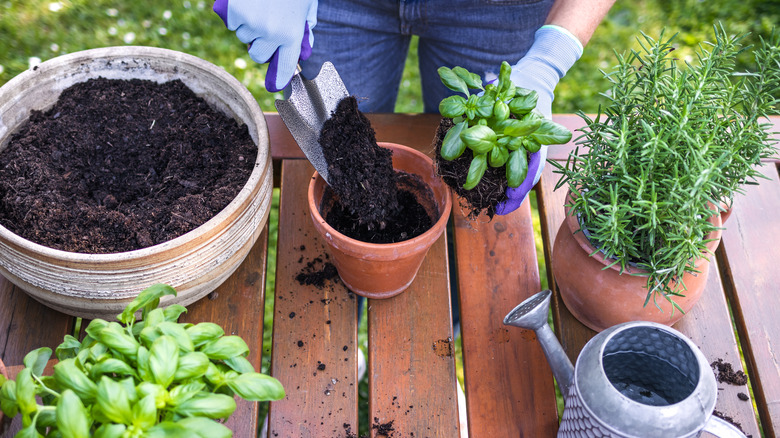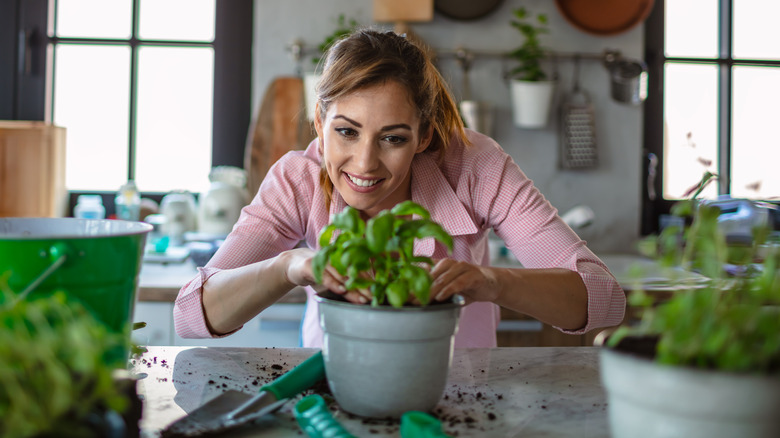The Best Type Of Soil For Growing Herbs
Growing herbs at home lets you enjoy fresh, aromatic ingredients anytime. When starting an herb garden, choosing the right type of growing media is essential. The quality and abundance of your herb harvest depend on it. Soil is the foundation for your garden, providing nutrients and support for your plants to grow and flourish. To ensure your herbs thrive, you must create an environment that caters to their specific needs. This includes factors like soil texture, pH balance, and nutrient density, which can significantly affect the health and growth of your herbs.
If you want to create the best conditions for growing your herbs, there are three main factors you should consider. First, it's important to have rich organic matter and nutrients so your plants can thrive. Second, keeping your herbs consistently moist is crucial, promoting healthy growth. Finally, you'll need good drainage to prevent waterlogging and encourage robust root systems. Fortunately, it's not difficult to put together a potting mix that meets these needs.
Blending potting mix for herbs
To create potting mix that will support your herbs, combine good-quality compost, peat moss or coconut coir, and a mineral additive such as perlite or vermiculite in appropriate proportions. A typical ratio might be one part compost, one part peat moss or coir, and a quarter to a half part perlite or vermiculite.
Compost is rich in nutrients and organic matter, improving soil structure and supporting beneficial microorganisms. Peat moss and coconut coir improve water retention and aeration in potting mix. They prevent compaction and maintain moisture around herb roots. Coconut coir is a sustainable alternative to peat moss with similar benefits. Adding perlite or vermiculite to your potting mix improves drainage and aeration. Perlite prevents soil compaction while promoting drainage. Vermiculite retains moisture and encourages airflow.
Choose the best ratio based on your watering habits and your herbs' water needs. Thoroughly mix the materials until they are evenly distributed. This balanced blend provides an ideal foundation for your herbs, ensuring they receive adequate nutrients, proper drainage, and consistent moisture levels.
Fine-tuning your potting mix
Although the standard formula is a great starting point, it's fine to make slight adjustments depending on the specific needs of the herbs you're growing. Some herbs may require a slightly drier mix, meaning you might need to add more perlite or vermiculite, while others may thrive in more moisture, so consider adding more peat moss or coir. It's also important to prioritize the quality of your compost. Make sure to choose well-aged compost that is free from contaminants to provide your herbs with a constant source of nutrients without the risk of pests or diseases.
It's good to be mindful of the pH level of your potting mix when growing herbs. Even though compost can help maintain pH levels, it's a good idea to regularly check your mix's pH to ensure it's within the range of 6.0 to 7.5. You can adjust the pH using natural additives such as lime or sulfur if necessary. Additionally, you may want to consider incorporating slow-release organic fertilizer into your potting mix. Although the initial blend already provides a good foundation, slow-release fertilizers provide a constant supply of nutrients over time, encouraging consistent growth throughout the herb's lifecycle.

